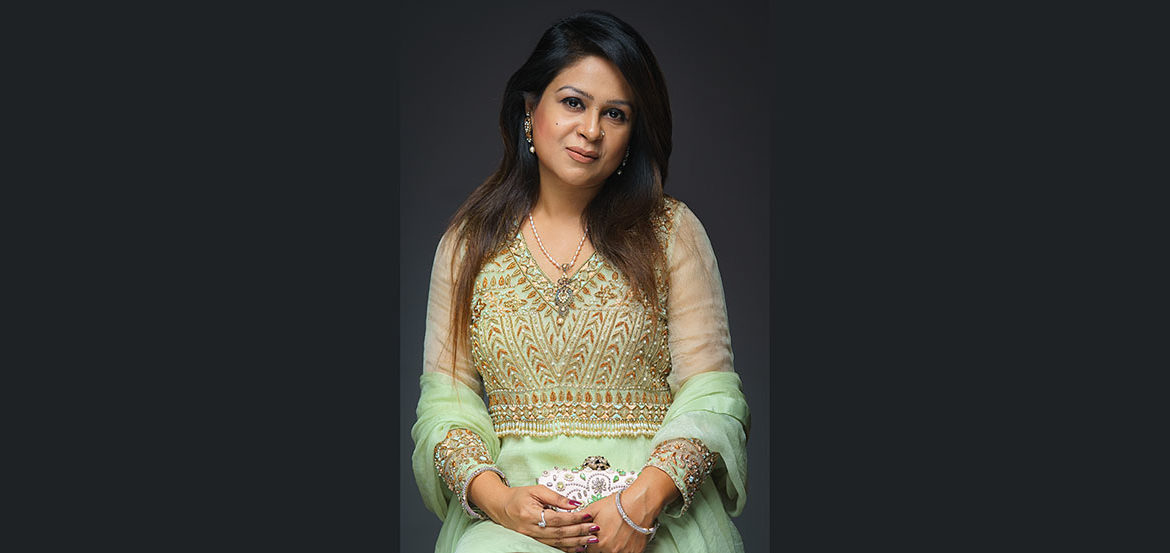Dr Snigdha
Owner
Snigdha’s Couture
*Juneyna Kabir digs a little on what made the doctor turn designer
Juggling a life as an assistant professor of public health at BUHS, a news anchor and a fashion designer, Fahmida Binte Mesbah – aka Dr Snigdha – is a woman of many talents.
She is the owner and creative mind behind Snigdha’s Couture, a popular fashion boutique with two stores in Dhaka, and a following of 50k plus on Facebook.
Her creations are so well-received that she has had to give up news reading in the last two years to meet demand from her growing customer base, many of whom live overseas.
Snigdha began her career in design from her intermediate days, making wearable items for her friends and cousins only. Her brand now employs 25 craftsmen and will feature a dedicated Bridal Studio for wedding and party wear for which she is renovating her Baridhara DOHS shop.
The exclusive, high-end pieces are in great demand and can be made upon custom order.
“I am proud to say that people do not need to go to India to buy their bridal outfits because Bangladeshi designers are offering beautiful designs.”
Snigdha creates these special garments on chiffon in pastel colours, using dapka or zardosi work. She tries to combine the traditional craftsmanship of the east with the modernity of western cuts.
One of the biggest challenges of being a fashion designer in Bangladesh is the size of the market.
“The demand for boutique wear is increasing but only in a specific section of society. The mass market will still opt for Indian products as those are cheaper.”
This year for her Pohela Boishakh collection, Snigdha used local materials like khaadi, jamdani and Monipuri Taant. However, it was very difficult for her to source these materials – “Sellers in Banani Bazar and Gausia don’t stock khaadi because they say there is no demand; so I had to get it from Comilla. But there obviously is a demand because that collection sold out in a few days.”
As a designer she believes she has a responsibility to bring local materials and designs to the customer, because the customer will buy what they see. She hopes that through her efforts, the market for Bangladeshi products will grow, reviving an age-old tradition and economy.

